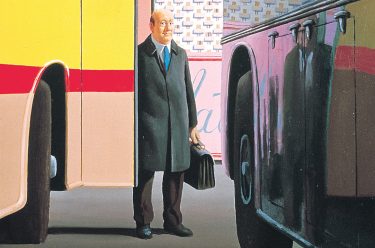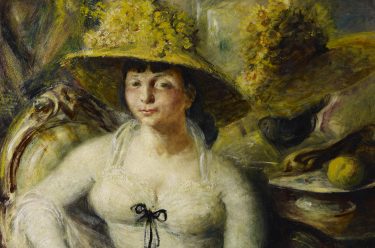Australian artist Jeffrey Smart (1921-2013) is one of Australia’s most celebrated artists, seeking inspiration from the world around him.
Smart portrays the sinister cheerfulness and bright sterility of a modern, progressive, industrial society with gem like clarity and precision. Early in his painting career he found a particular personal vision of the world and carefully refined this during his career.
DELVE DEEPER: The life and art of Jeffrey Smart
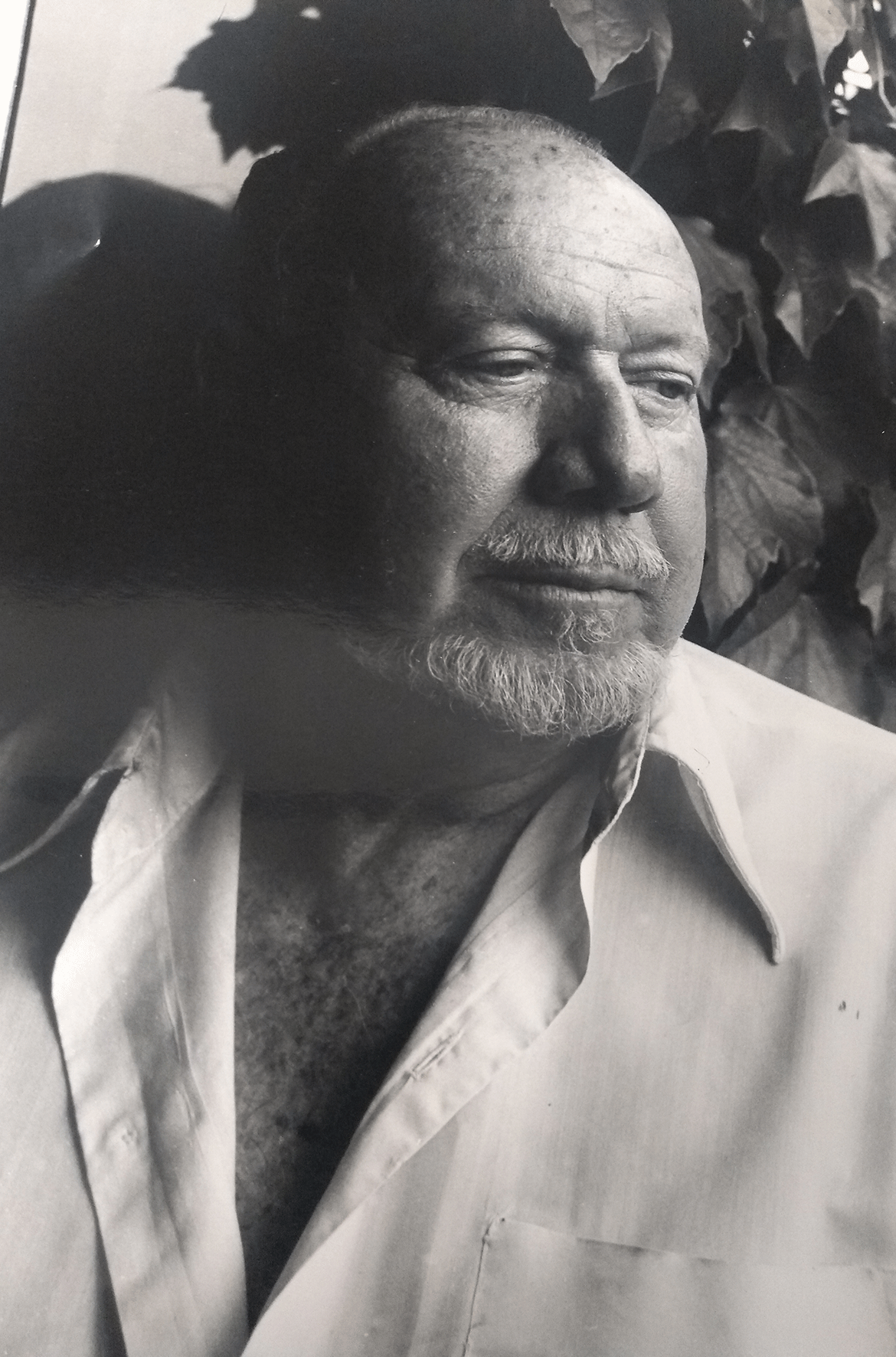
It was in his home town of Adelaide that he first defined the kind of eerie emptiness and tedium that is depicted in his work. After years of living in Italy, the rather monochromatic Australian dustiness of Smart’s early paintings was replaced by a clinically sharp focus and pure colour, yet the peculiar sense of unfulfilled listlessness of Sunday afternoons in Adelaide remained in his work.
The majority of Australian artists who live and work for a time overseas, when they return to Australia, bring back with them the influences absorbed when they travelled to the source. Smart’s story is the reverse of this. He is one of the very few Australian artists to have been influential abroad, and a large number of Italian artists have learned to see their country and their lives through the detached gaze of the foreigner.
There is nothing about his work (apart from the subject matter) that could be specifically associated with a particular place or country. As an international artist, he expresses something about the human condition which is universal, and paints locations such as airports, highways and housing estates, which are common to every industrialised society. This ambiguity of place, even a feeling of being lost, carries his work beyond social commentary to convey that particular mood of mysterious loneliness which writers like to describe as ‘alienation’.
Anxious to escape provincialism, Smart left Adelaide in 1948, travelling to Europe. He had trained at the South Australian School of Art and Crafts, and when he studied in Paris from 1949 to 1950 with Fernand Leger, one of the most celebrated artists of the day, Leger initially told him that he had already been ‘ruined’ by conservative Australian art teaching. In fact there was an affinity between the precise composition of Smart’s work and the simplified monumental forms of the French master. This tightly-controlled placement of compositional elements was to become increasingly imaginative in Jeffrey Smart’s paintings.
Although he ultimately chose not to pursue the School of Paris trend towards abstract art, a kind of ironic abstraction would later become a device for commenting on the dehumanised modern world. In many of his later paintings, colourful modern road signs, vehicles and architectural details lock together in a bold abstract pattern. Nature is made to imitate art in these paintings, and the components of the actual world metamorphose into harsh graphic design.
Smart was forced by his financial situation to return to Australia in 1950. Australia in the 1950s, after almost two years spent in the bustle of Paris, must have seemed hauntingly desolate, and it was at this time that Smart developed his distinctive, slightly surreal view of the city as a desert of human emotions, which corresponds with the equally bleak and strange vision of the Australian outback which his friend Russell Drysdale was exploring at the same time.
After 10 years in Australia Smart had achieved a national reputation as a leading, distinctly independent artist. His work was included in London exhibitions of Australian art in the early 1960s, when contemporary Australian painters were briefly enjoying enthusiastic attention from the English critics. By 1963 he was ready to return to Europe and live in Italy.
Jeffrey Smart ‘Outskirts of Parma’

Outskirts of Parma 1965 (illustrated) was completed shortly after Smart settled in Italy, by now he was well established in his mature style. He continued to make sketches from life, a practice which was integral to his process of seeing and revealing the world, by sketching, Smart would gradually develop preliminary drawings for his paintings, experimenting with placement and economy of form, as well as colour, light and shadow, here his familiar ubiquitous apartment buildings make their way into the environment.
Jeffrey Smart ‘The traveller’

While living and working in Sydney, Smart introduced to his work the rather stolid, fat, balding gentleman who would subsequently recur in his work as a kind of Everyman. The traveller 1973 (illustrated) is a particularly strong example of Smart’s use of this figure. The man’s isolation is stressed by the way he is boxed in between two buses, with a block of anonymous worker-housing apartments behind. He emerges from one bus to be confronted by another, poignantly suggesting the lost, dislocated existence of humanity in the modern world.
Jeffrey Smart ‘The reservoir, Centennial Park’
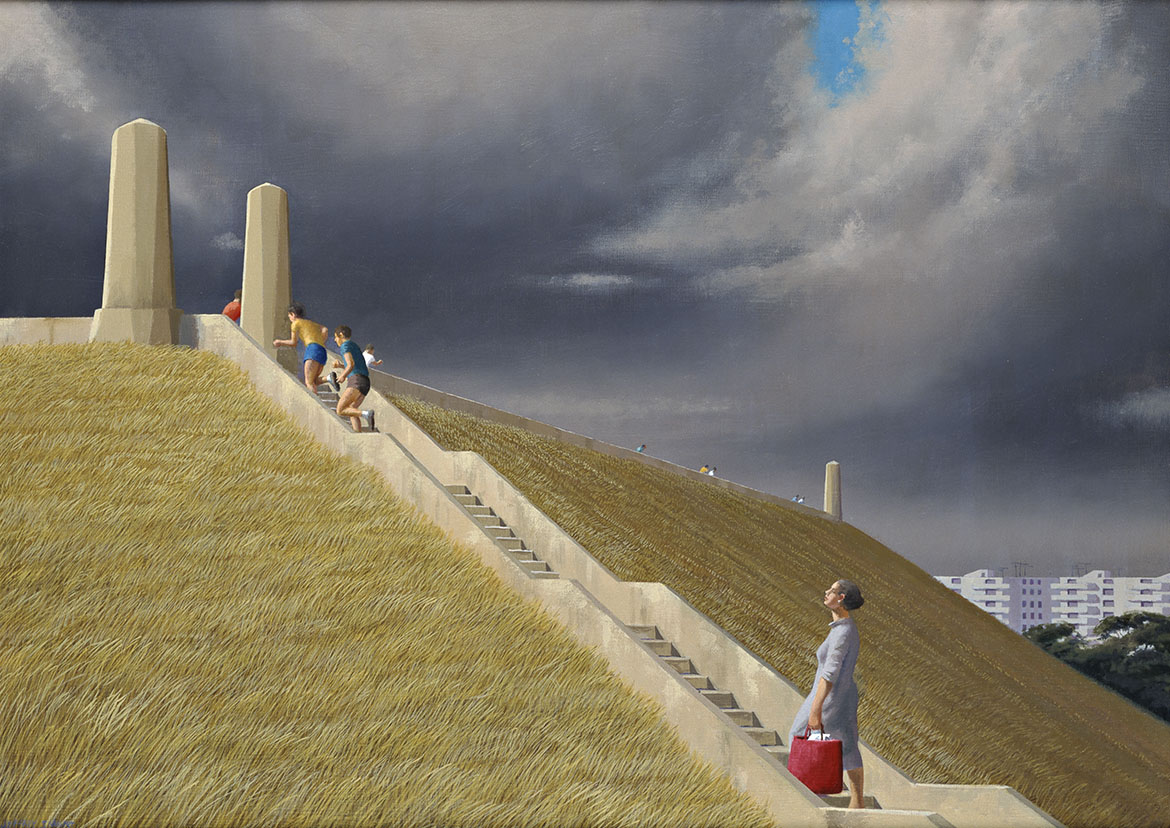
In The reservoir, Centennial Park 1988 (illustrated) there is an underlying seriousness of purpose which is playfully counterpointed. The isolated figure which appeared in his paintings for decades is here, weighed down by a heavy bag and the immediate prospect of a further steep climb. The primary colours of her bag and the clothes of the runners who bound up the steps and stream along the crest of the embankment contrast with the severity of the environment. Particular elements and moods recur in Smart’s works and here again a small discovered landscape of apartment buildings appear in the background.
Jeffrey Smart Study for ‘The reservoir, Centennial Park’
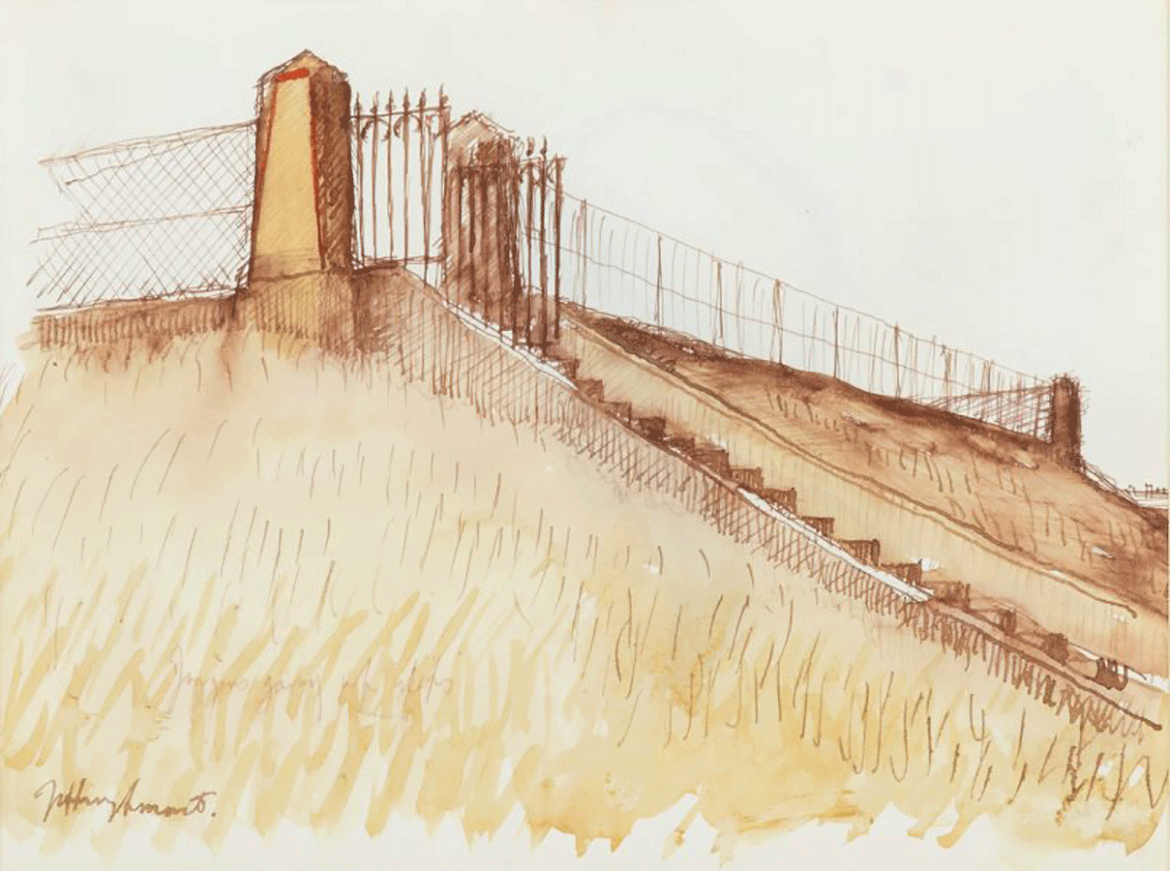
Smart’s work is a sensitive response to his physical environs, and it is significant that he lived in Italy. Apart from being an exceptionally congenial place to be, it is a country where some of the world’s most splendid architecture decays languidly, surrounded by the frenetic chic of contemporary Italian industrial design. There he was able to observe startling confrontations of contrasting style, matching the odd combinations of objects in his paintings, which are carefully calculated to create an air of dream-like unreality despite being in fact quite plausible. Only a few subtle re-alignments and slightly exaggerated viewpoints distinguish his work from accurate, straightforward records of what he saw. Jeffrey Smart was able to perceive and illuminate a sense of strangeness in ordinary scenes, and dedicated a long career to perfecting his technique of capturing the mysterious within the mundane.
#QAGOMA

